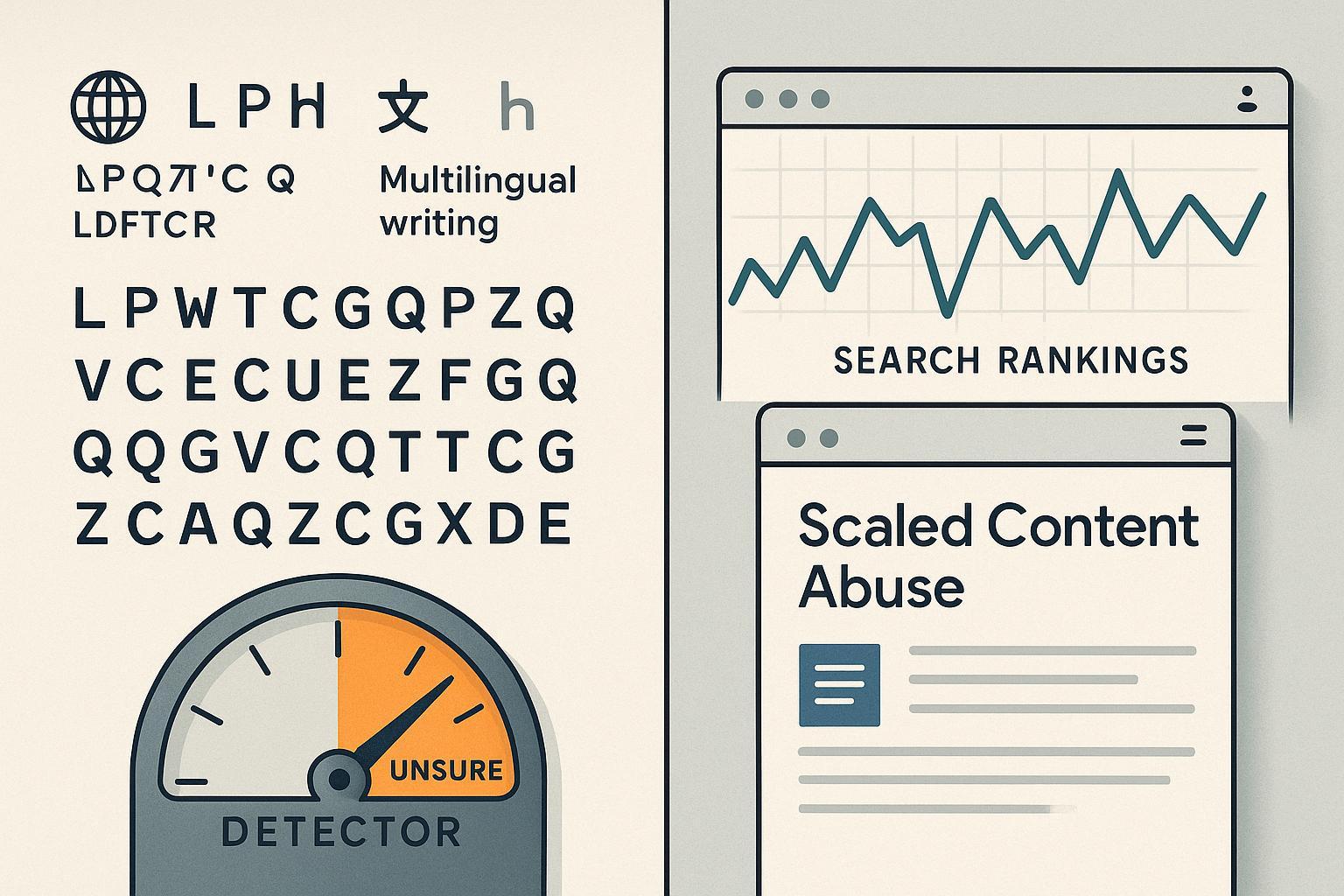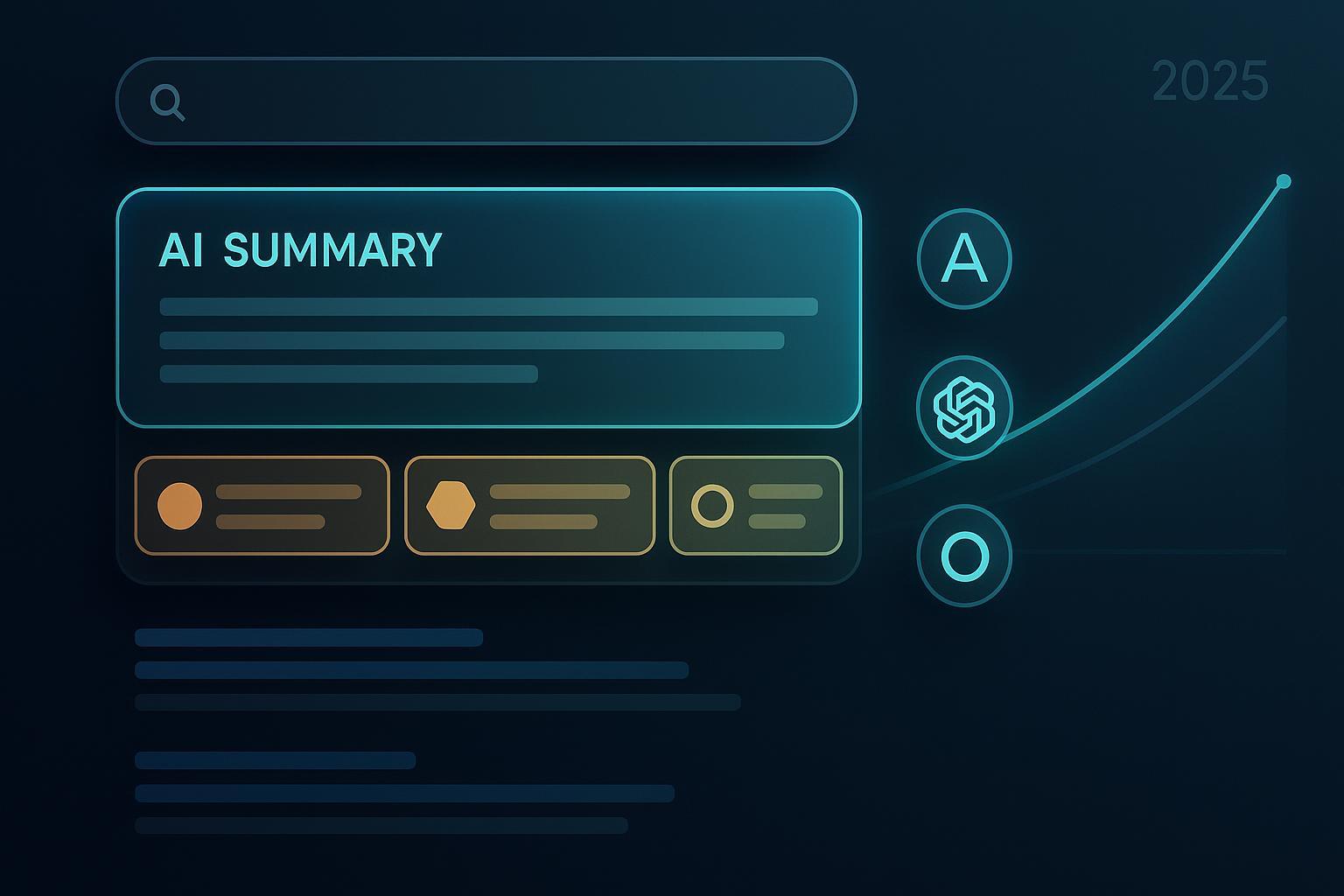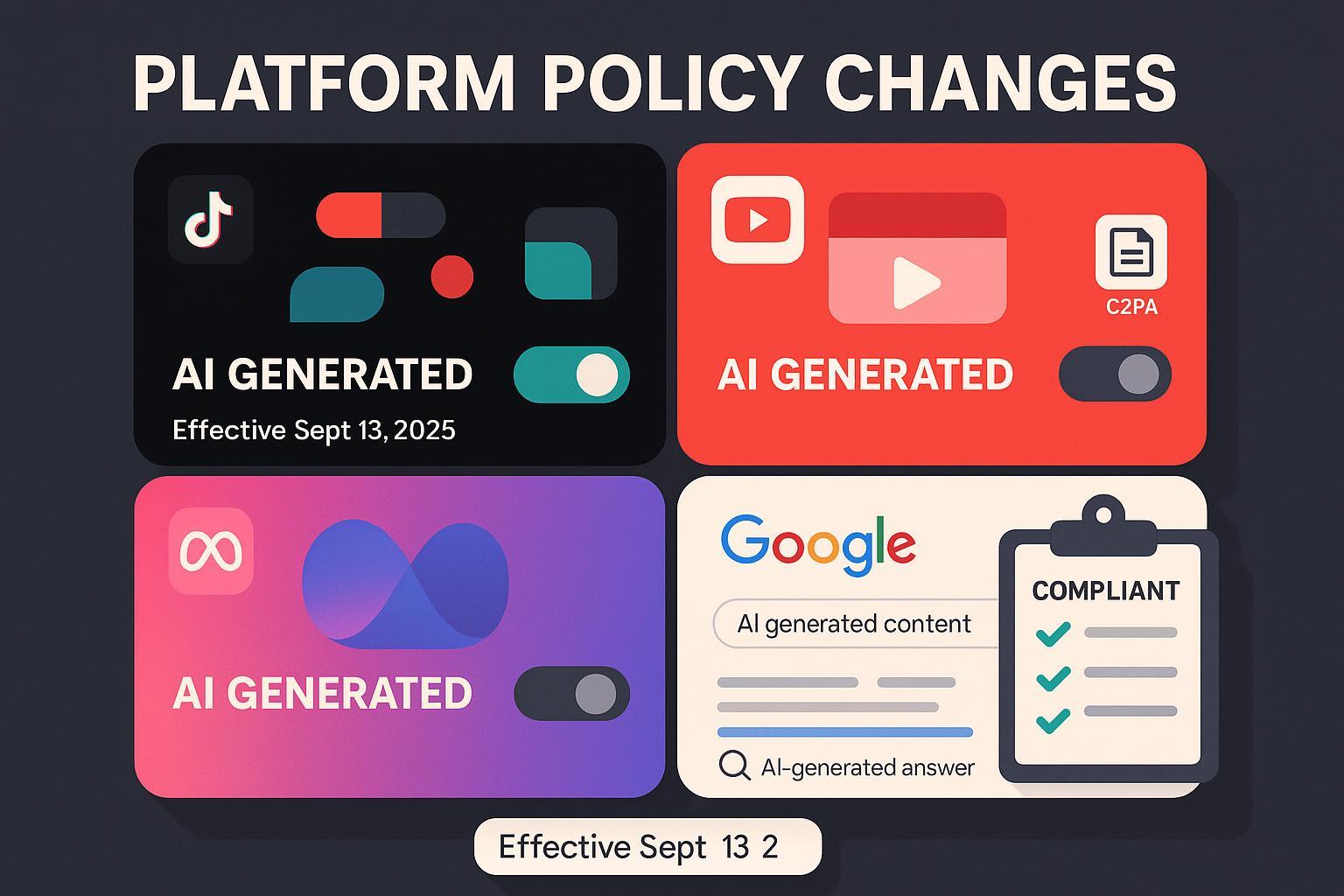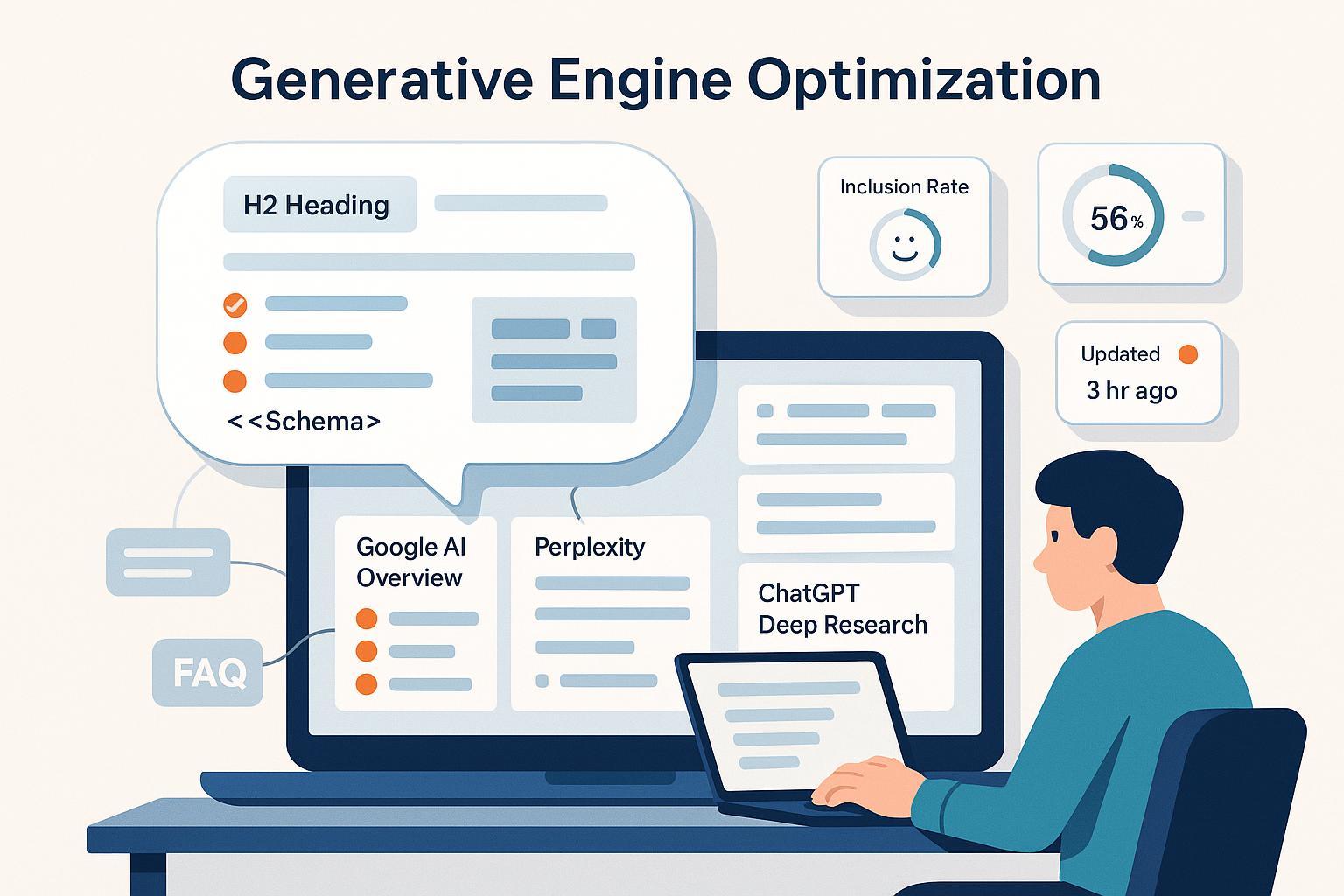Brandi AI GEO Platform Launch: 2025’s Gamechanger for AI Search Visibility
Explore Brandi AI's 2025 GEO platform launch—how it transforms brand visibility in AI search engines. See news updates, expert tips & evolving analysis.

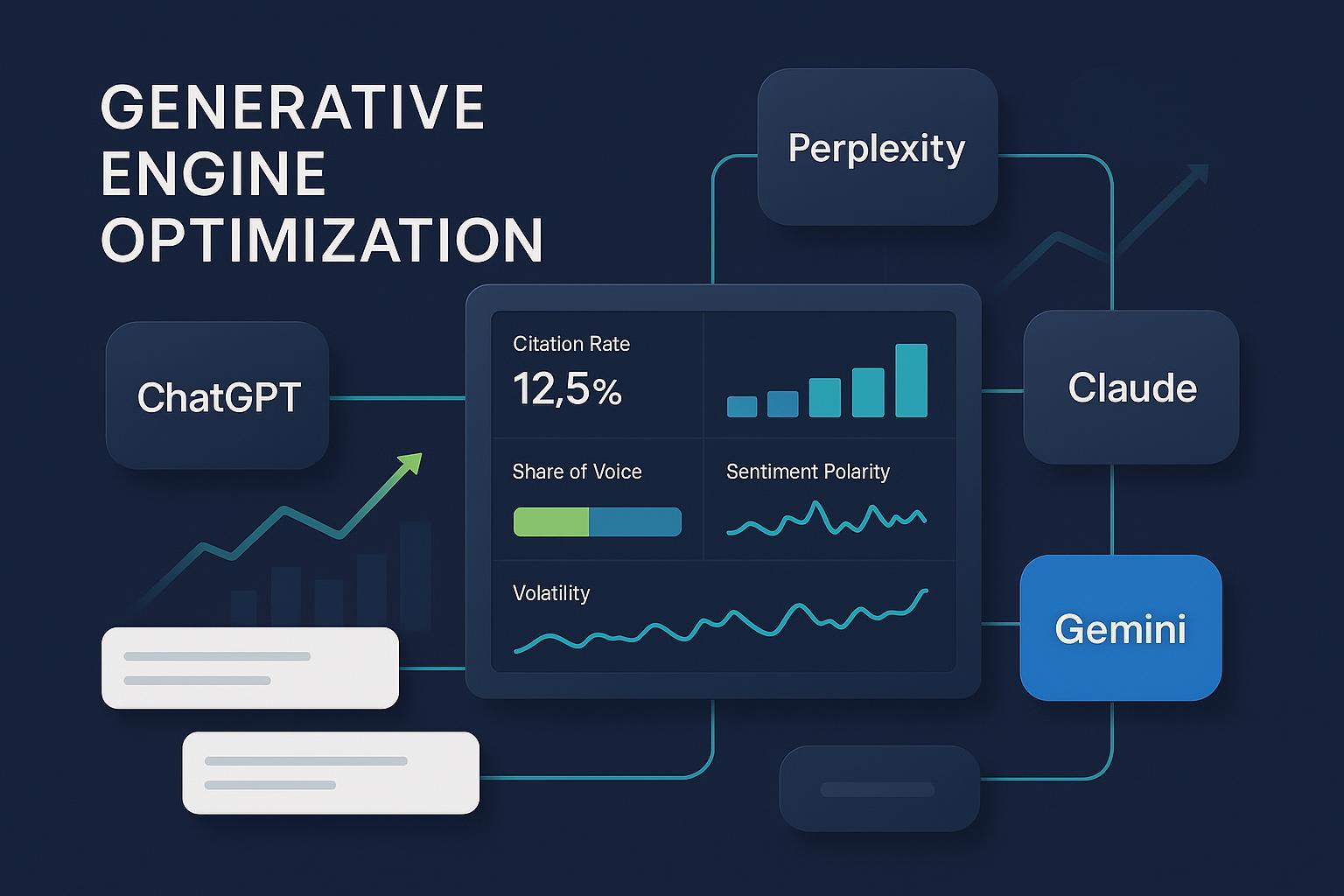
Updated on 2025-10-09
Brandi AI has announced a Generative Engine Optimization (GEO) platform designed to monitor and improve brand visibility inside AI-generated answers across leading assistants. The company’s positioning emphasizes comprehensive coverage and actionable recommendations. Because this is a fast-evolving space, details such as engine support, features, and pricing may change; we’ll note updates in the change-log below.
According to the 2025 launch announcement on PR Newswire (Oct 8, 2025), Brandi’s platform tracks questions people ask AI systems and whether brands are cited in those answers, adding benchmarking and workflow guidance. Brandi’s official site describes support for major engines like ChatGPT, Gemini, Claude, and Perplexity and highlights historical analysis and competitive intelligence; as of Oct 8–9, 2025, Google AI Overview support isn’t explicitly stated on the product page. See Brandi’s pages for the latest details on coverage and capabilities: Brandi | AI Visibility and GEO and the explainer How Generative Engine Optimization Works.
Third-party coverage is beginning to surface: Dataconomy summarized the launch and its GEO positioning on Oct 9, 2025, in “Brandi AI launches GEO platform for AI chatbot visibility”, while SiliconANGLE published “Brandi AI tells brands to stop worrying about SEO and focus on generative engine optimization instead” on Oct 8, 2025. We treat claims like “first” or “most comprehensive” as Brandi’s marketing positioning pending broader independent validation.
GEO vs. SEO: Why AI Answers Are a Parallel Funnel
Generative Engine Optimization focuses on earning citations and positive brand framing inside AI-generated answers from systems like ChatGPT, Gemini, Claude, and Perplexity. Traditional SEO targets rankings and clicks on web search results pages. Practically, GEO success metrics look different: citation frequency, AI share of voice, sentiment polarity, and volatility—versus classic rankings and CTR.
Search Engine Land’s October 2025 coverage outlines how to approach measurement for AI search, emphasizing that “visibility now means ranking and being cited” (2025) in “How to measure and maximize visibility in AI search” and tactical guidance in “Optimizing content for generative engines: 17 actionable tips”. For deeper background on definitions and evolving best practices, see our internal resource Ultimate Guide to Generative Engine Optimization (GEO).
How to Measure AI Search Visibility: A Replicable Framework
A measurement-first approach separates signal from hype. Below is a practitioner-tested framework synthesized from October 2025 reporting and practitioner playbooks.
- Prompt cohorts: Build a stable panel of prompts grouped by intent (comparison, pricing, alternatives, how-to). Track the same panel over time to detect real shifts rather than noise. Guidance aligns with Search Engine Land’s Oct 2025 methodology coverage in “How to measure and maximize visibility in AI search”.
- Engine cohorts: Run your prompt panel across specific assistants (e.g., ChatGPT, Perplexity, Gemini, Claude), since each exhibits different citation behavior. Avoid assuming parity across engines.
- Citation rate: For each prompt and engine, calculate the percentage of answers that cite your brand or properties. Trend weekly.
- AI share of voice (SOV): Divide your brand’s citations by all brand citations within the cohort to benchmark against competitors.
- Sentiment and framing: Classify mentions as positive/neutral/negative and note framing (leader vs alternative, caveats/disclaimers).
- Volatility index: Track week-over-week change in citation rate/SOV/sentiment to catch model updates or content changes early. Search Engine Land’s broader industry analysis in “SEO’s Great Normalization has begun” (Oct 2025) underscores the importance of monitoring normalization and variance.
- Evidence binding: Log every source the assistant cites (owned docs, third-party reviews, government data). Search Engine Land’s Oct 9, 2025 research brief found that AI answers frequently rely on brand-controlled content, reinforcing the value of updating owned assets; see “AI search relies on brand-controlled sources, not Reddit: Report”.
For a step-by-step walkthrough and KPI templates, see How to Monitor AI Search Performance.
A Neutral Workflow to Monitor Cross-Engine Brand Citations
Here is a vendor-neutral workflow you can run today. We include one tool example for context.
- Define your prompt panel and metadata (intent, segment, geography).
- Schedule runs across engines (ChatGPT, Perplexity, Gemini, Claude) at a fixed cadence.
- Capture raw answers and cited sources, then compute citation rate, SOV, and sentiment.
- Flag anomalies using a volatility threshold; investigate content changes or model shifts.
- Translate insights into actions (content updates, schema, distribution) and re-measure.
Example tool placement: The platform Geneo supports multi-engine brand monitoring, sentiment analysis, and historical tracking. Disclosure: Geneo is our product.
Buyer’s Due-Diligence Checklist for GEO Platforms
When evaluating Brandi AI or any GEO solution, validate claims with dated, auditable evidence.
- Engine coverage: Which assistants are supported today? Are there logs/screens of runs across ChatGPT, Perplexity, Gemini, Claude? Is Google’s AI Overview in scope now or on the roadmap? Tie answers to dated documentation.
- Sampling methodology: How are prompts selected and rotated? What’s the run cadence and sample size by engine and locale? Can you customize cohorts?
- Data access and export: Can you export raw answers, citations, and sentiment labels for audit? Are APIs or warehouse connectors available?
- Metrics and alerting: Are citation rate, SOV, sentiment, and volatility supported out of the box? Can you set thresholds and alerts?
- Governance and QA: How are hallucinations handled? Are there reviewer workflows and evidence binding? Is there a change log for model/version shifts?
- Security and compliance: Data retention policies, PII handling, and role-based access controls.
- Commercials: Transparent pricing/tiers, trial or proof-of-concept options, and implementation support.
Risk Management: Hallucinations, Bias, and Sentiment Drift
AI answers can misstate facts, over-index a single source, or swing in tone with model updates. Treat GEO like an observability problem.
- Hallucination handling: Require evidence binding (capture cited sources) and add human QA for sensitive prompts.
- Bias and coverage gaps: Diversify your source set and strengthen entity clarity in owned content so models can ground reliably.
- Sentiment drift: Track polarity over time and correlate with content updates, PR events, or model releases. For strategy guidance on quality signals and governance, see Essential E-E-A-T Strategies for AI Search (2025).
What Brandi’s Launch Signals for 2025 Planning
- GEO complements SEO: Budgets should reflect dual mandates—classic rankings plus AI answer visibility.
- Measurement before tooling: Start with a prompt panel and baseline metrics; adopt tools that make the process auditable and repeatable.
- Expect fast iteration: Engine behaviors and vendor features change quickly. Plan for a weekly review in the first month of any pilot.
If you’re building an evaluation plan, a short pilot with a defined prompt cohort and clear success metrics can de-risk procurement before long-term commitments.
Mini Change-log
- 2025-10-09: Initial publication. Included PR Newswire launch link (10/08/2025), Brandi official pages, and early coverage from Dataconomy and SiliconANGLE. Clarified that Google AI Overview support is not explicitly listed on Brandi’s product page as of this date.


